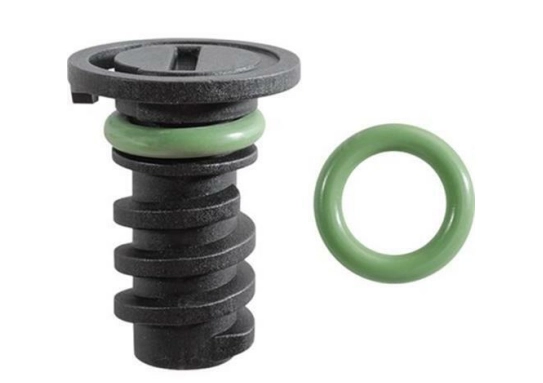different types of o rings
Different Types of O-Rings A Comprehensive Overview
O-rings are essential sealing devices utilized in a myriad of applications across numerous industries. Their simplicity in design and effective sealing capabilities make them a preferred choice for engineers and manufacturers around the globe. Available in various materials, sizes, and shapes, O-rings can effectively prevent leaks and protect machinery from contamination. This article delves into the different types of O-rings and their specific applications.
1. Material Variations
The material from which an O-ring is made significantly influences its performance. Common materials include
- Nitrile Rubber (NBR) This is the most widely used O-ring material. Known for its excellent resistance to oils, fuels, and various chemical environments, NBR is ideal for automotive and industrial applications.
- Fluoroelastomers (FKM or Viton) FKM O-rings provide superior resistance to heat, chemicals, and aromatic hydrocarbons. They are commonly used in high-temperature applications and situations where exposure to aggressive fluids is expected.
- Silicone Silicone O-rings boast excellent flexibility and high-temperature resistance, making them suitable for food-grade applications and environments that require sterilization.
- Polyurethane Known for outstanding abrasion resistance and elasticity, polyurethane O-rings are often used in hydraulic applications and pneumatic seals.
- EPDM (Ethylene Propylene Diene Monomer) EPDM O-rings excel in steam applications and have exceptional resistance to weathering, aging, and oxidation.
2. Sizing Matters
O-rings are available in various sizes, and selecting the right size is crucial for effective sealing. O-rings are typically categorized by their inner diameter (I.D.) and cross-sectional diameter (C.S.). The appropriate sizing ensures a proper fit, preventing leakage and extending the life of the sealing assembly.
3. O-Rings in Specialty Applications
.different types of o rings

In addition to standard applications, there are specialty O-rings designed for specific performance requirements
- Low-Temperature O-Rings Manufactured from materials that can remain flexible in extreme cold, low-temperature O-rings are used in refrigeration and cryogenic applications.
- High-Pressure O-Rings These O-rings are engineered to withstand elevated pressures, making them essential in hydraulic and pneumatic systems.
- Static vs. Dynamic O-Rings Static O-rings are used in applications where there is no relative movement between the components, while dynamic O-rings are designed for moving parts, ensuring a reliable seal during operation.
4. Applications Across Industries
O-rings are prevalent across many sectors, including
- Automotive Used in engines, fuel systems, and hydraulic systems, O-rings play a critical role in vehicle performance and safety.
- Aerospace In aircraft systems, O-rings are essential for sealing fuel and hydraulic components, contributing to the overall safety and reliability of flight operations.
- Manufacturing O-rings are used in machinery to prevent leaks of hydraulic fluids and gases, ensuring efficient operation and reducing maintenance costs.
- Medical Devices Due to their biocompatibility, silicone O-rings are commonly found in medical devices, ensuring safe and effective operation.
Conclusion
The versatility of O-rings makes them indispensable tools across various industries. Understanding the different types of O-rings, their materials, sizes, and specific applications enables engineers and manufacturers to choose the right sealing solutions for their needs. As technology advances and industries evolve, the development of new materials and designs for O-rings will continue to enhance their effectiveness and broaden their applications, ensuring they remain a critical component in both existing and emerging technologies.
-
Understanding the Front Main Engine Seal: Purpose, Maintenance, and Installation
News Jul.29,2025
-
Understanding O-Rings and Seal Rings: Types, Applications, and Custom Solutions
News Jul.29,2025
-
Understanding Crankshaft Oil Seals: Rear Seals, Pulley Seals, and Their Role in Engine Integrity
News Jul.29,2025
-
The Importance of Front and Rear Crankshaft Seals in Engine Performance and Oil Management
News Jul.29,2025
-
Crank Oil Seals: Functions, Types, and Cost Considerations in Engine Maintenance
News Jul.29,2025
-
A Comprehensive Guide to O-Rings and Seals: Types, Materials, and Global Applications
News Jul.29,2025
-
Mastering Diesel and Performance Engine Maintenance: A Guide to Critical Oil Gaskets
News Jul.28,2025
Products categories















